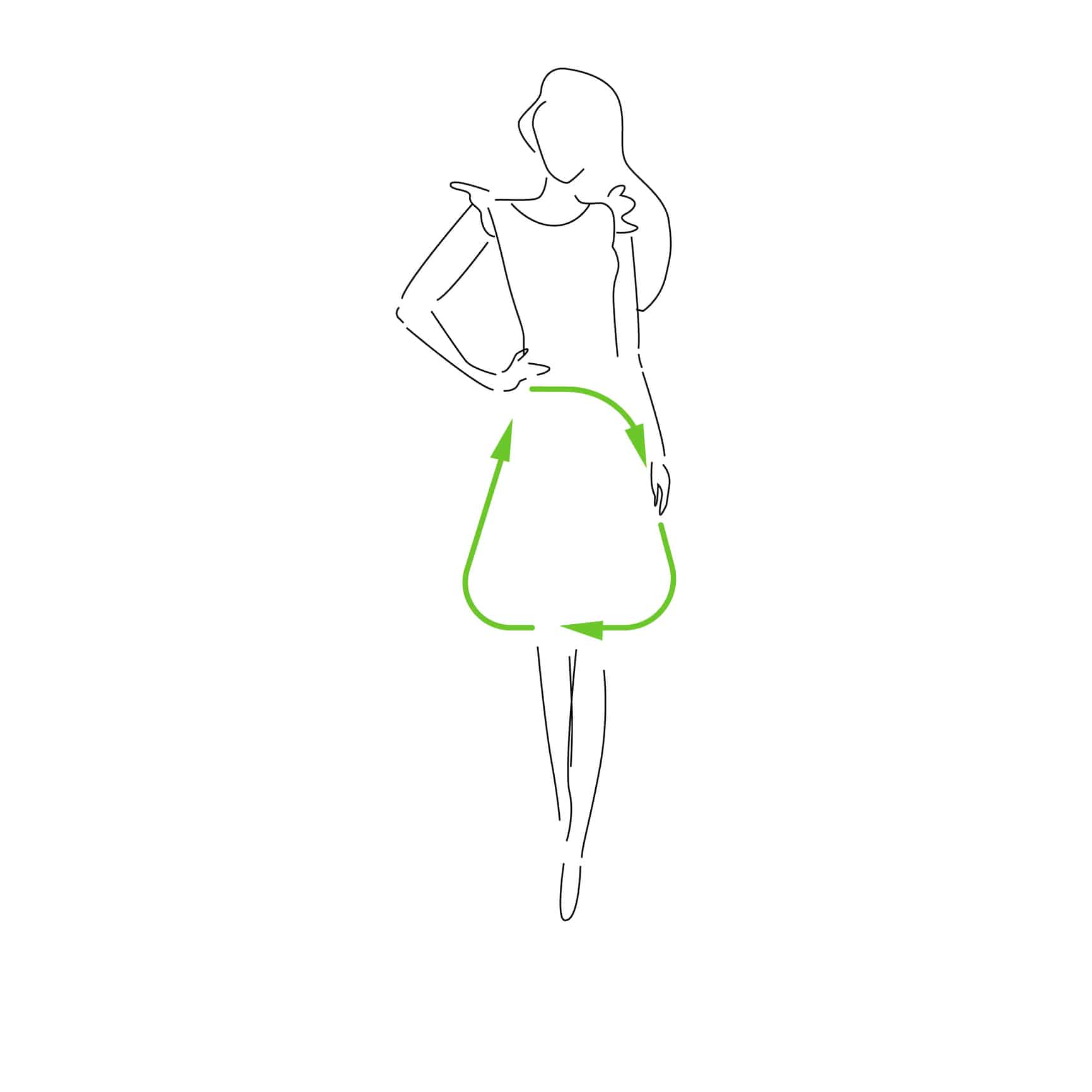The textile industry starts from the fibre and ends with the apparel products you wear daily. This includes fibres such as cotton, polyester, nylon, modal, viscose and others that create everything from your socks to your wedding dress. The modern-day textile industry is dominated by fast fashion brands, and they drive the global textile industry.
The fast fashion industry creates apparel that is arguably more affordable for most consumers, though this is on some level disputable as the frequency of garment replacement means that a large amount may be spent in relation to a higher quality product. They also incorporate trends more swiftly, though often at the cost of the intellectual property of the creators. This combination of fast adaption to trends and low cost is a seductive combination to the modern consumer.
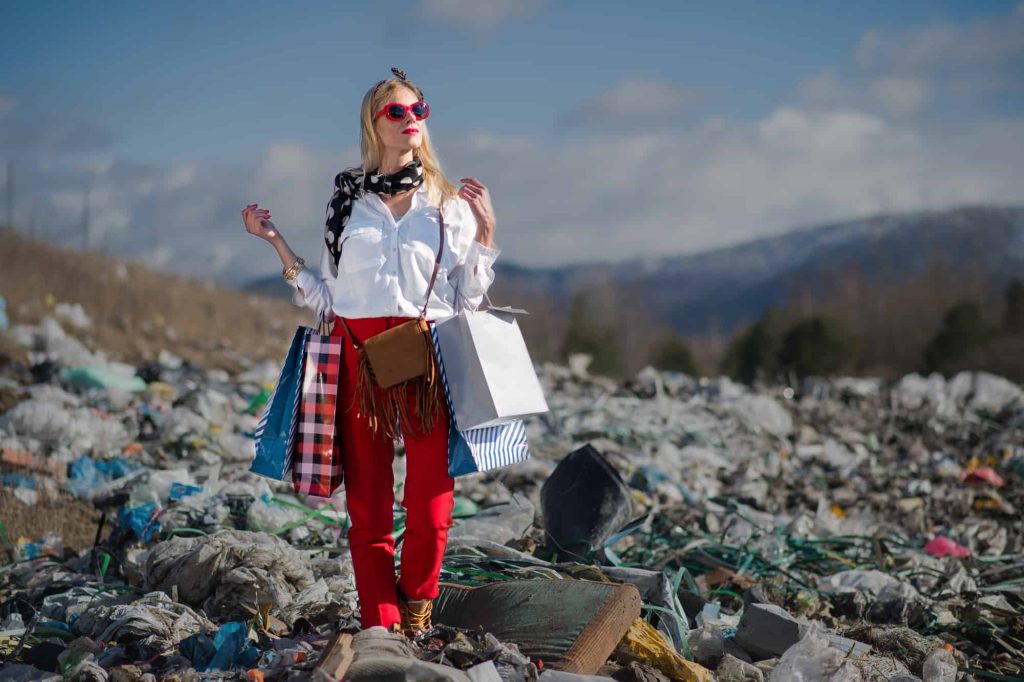
The disadvantages of fast fashion brands are much higher than any perceived advantages. Fast fashion brands are synonymous with throwaway fashion rather than long-lasting pieces for the wardrobe. At the same time, fast fashion drives pollution, waste, and scheduled obsolescence. Because of the cheap materials and manufacturing methods, it generates so many toxic products for the environment.
The low-quality garments do not stay wearable for very time. They can also not be recycled due to several factors such as several fibre compositions are gathered in one product, recycling costs and harm to the environment, etc. This has become a big problem, so much so that the fast fashion industry has ranked as a leading environmental polluter on a global scale.
A few examples of environmental pollution caused by the textile industry are described below.
Cotton fibre and related products have been the core of the fashion and apparel industry from time immemorial. But there is a sad truth about cotton farming which is not as popular as the cloth. Cotton consumes large amounts of water, and farming cotton is a threat to the world’s water supply. It is known to consume 10,000 L of water on average to produce one kilogram of cotton that is suitable for the apparel industry. This value is surprising but true.
At the same time, cotton farming consumes a lot of artificial fertilizers, pesticides and other chemicals for production activities which cause so many health problems to animals and to humans due to making its way into water resources, food and air.
The modern apparel industry is working with new trends like organic cotton, which has controlled water consumption and low usage of chemicals that cause environmental disasters.
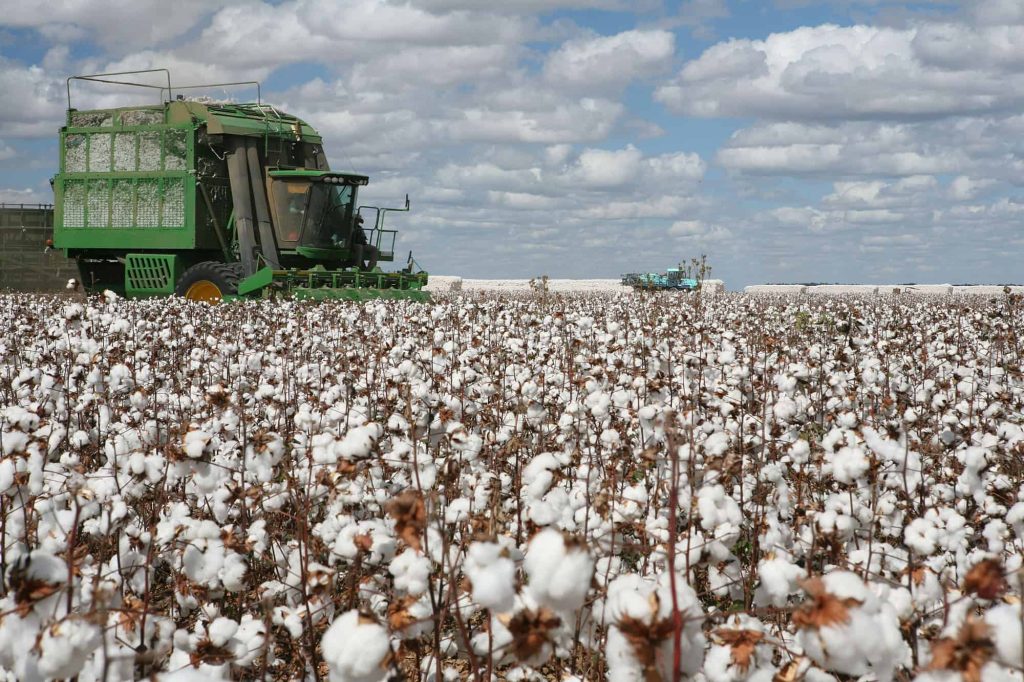
Artificial fibres are the next popular set of materials in the textile industry, and fibre types like polyester, nylon and acrylic are among the more common types. Fast-fashion brands produce tonnes of garments per year created using artificial fibres.
Artificial fibres are made from extracts from petroleum byproducts, and they are polymerized materials using monomers. The manufacturing process of these materials consumes energy and chemicals based on the formation method. At the same time, these actions generate solid waste as well.
While using these materials in apparel form, they emit microplastics which cause damage to ecological systems such as water. The microplastics get deposited in the food chains in the seas and destroy the aquatic life cycle balance.
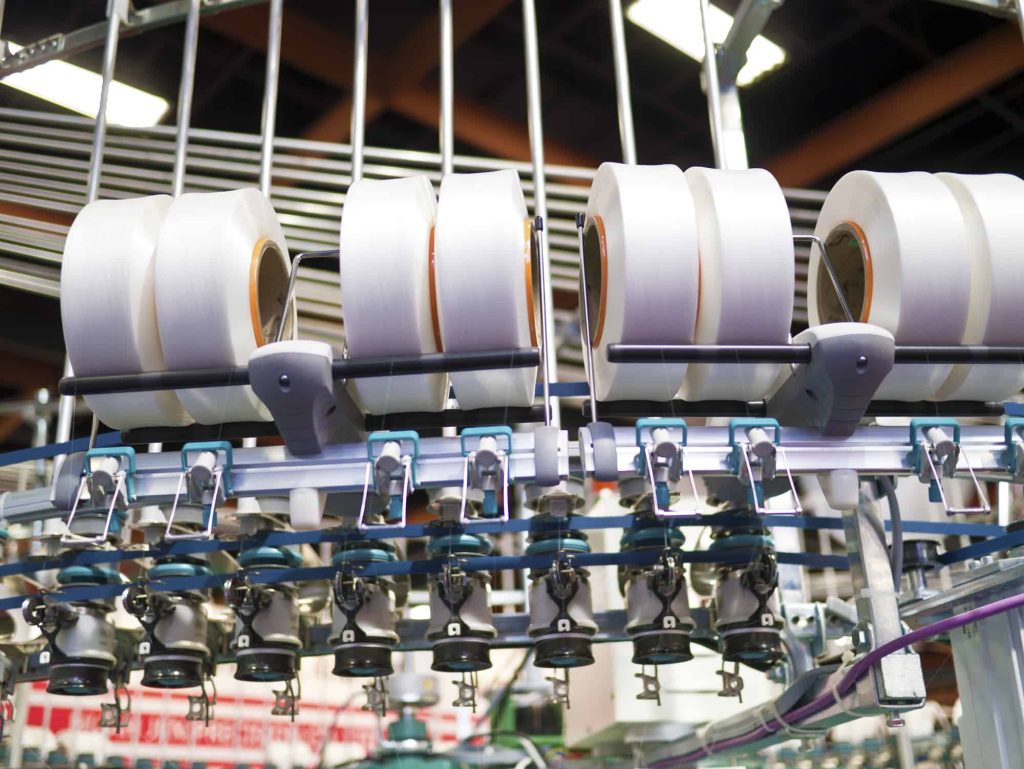
Regenerated fibres are made by changing the natural cellulosic fibres, which have been taken out from wood pulps and remade using chemical solvents. The production of modal, viscose, micro modal and other similar kinds is done using the same method.
The manufacturing of these fibres led to the cut down of so many trees for wood pulp processing. Once a tree is cut down in a forest, it affects the ecological system around the tree, risking a collapse of the local plants and animals’ natural living ecosystem.
At the same time, the regenerating process consumes chemicals and energy. This again affects the environment by increasing the carbon footprint and generating chemical wastes harmful to living beings.
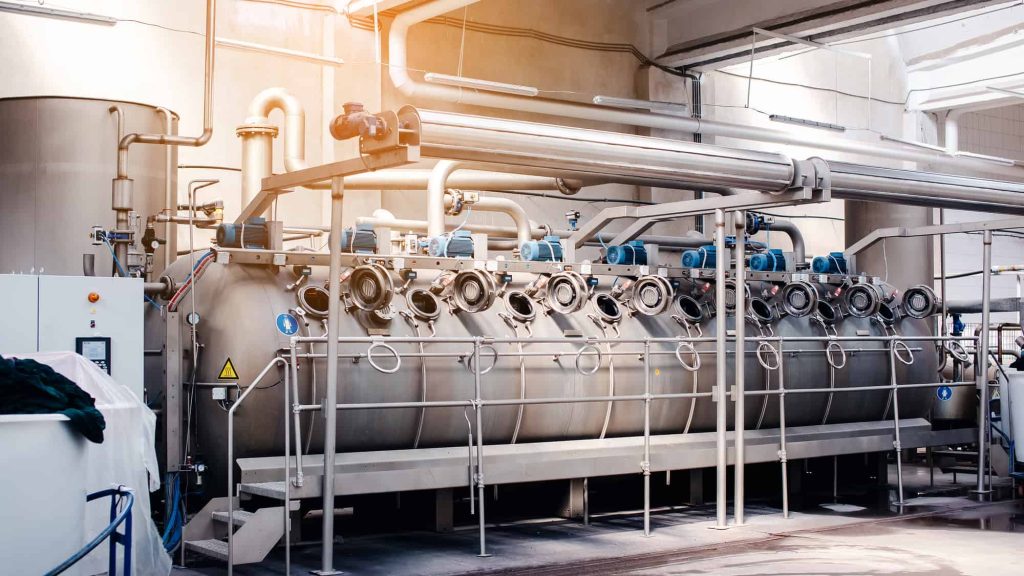
Fabric processing is the formation of raw materials into colourful, useful, safe materials which consumers use for clothing. This includes the fabric formation (Weaving, knitting and non-woven materials), fabric colouration and finishing process.
Fabric formation is a mechanical process that consumes a lot of energy and produces little solid wastage. The fabric colouration and finishing process is a chemical and mechanical process combination that consumes a lot of energy, a higher volume of water, and produces a large amount of chemical waste. All of the synthetic dye types involved in the industry add chemicals to the environment. The water streams, rivers and other natural water sources have been known to get contaminated by these chemicals closer to the fabric production areas across the globe.
At the same time, most procedures executed in the wet processing industries produce gaseous discharges into the air. The gaseous air has been known as the 2nd severe pollution problem for dyeing, printing and finishing industries. At the same time, the emission of other gases and higher energy usage affect the greenhouse effect by increasing greenhouse gas emissions.
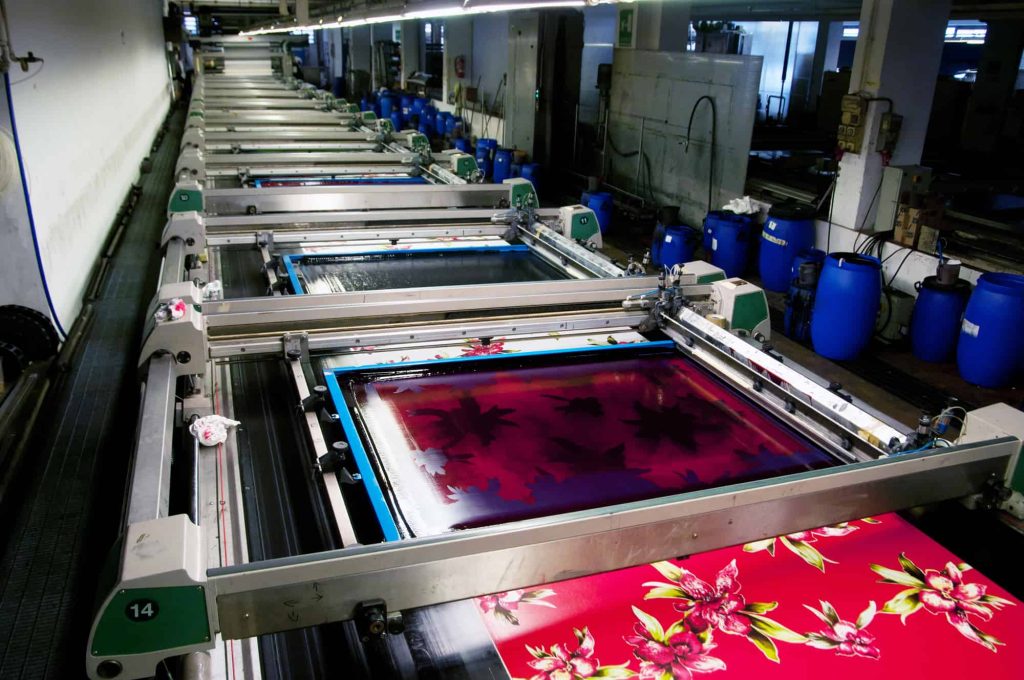
The fast fashion industry promotes new buying based on seasonal changes and fashion concepts which facilitate the removal of existing clothes and other related items. These items get collected as used clothes and end up somewhere in landfills. The data relating to the industry shows that 84% of manufactured clothes globally end up filling land somewhere.
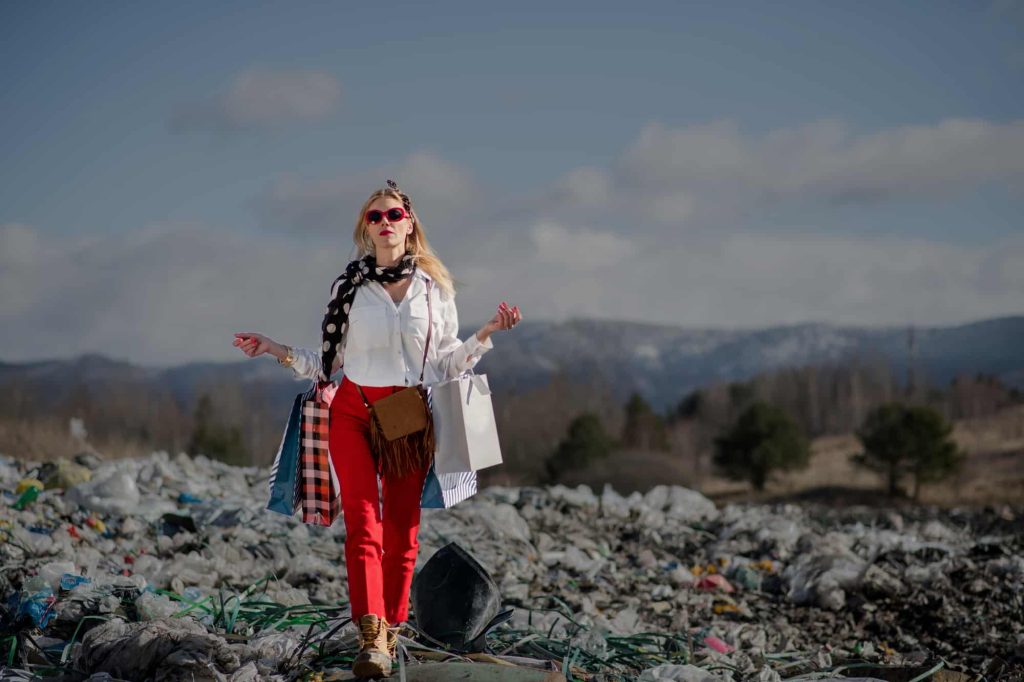
In summary, the fashion industry, fast fashion, in particular, has become a leading polluter of the natural environment, and innovations in materials process and other areas to reduce the impact cannot come fast enough.
| Cookie | Duration | Description |
|---|---|---|
| cookielawinfo-checbox-analytics | 11 months | This cookie is set by GDPR Cookie Consent plugin. The cookie is used to store the user consent for the cookies in the category "Analytics". |
| cookielawinfo-checbox-functional | 11 months | The cookie is set by GDPR cookie consent to record the user consent for the cookies in the category "Functional". |
| cookielawinfo-checbox-others | 11 months | This cookie is set by GDPR Cookie Consent plugin. The cookie is used to store the user consent for the cookies in the category "Other. |
| cookielawinfo-checkbox-necessary | 11 months | This cookie is set by GDPR Cookie Consent plugin. The cookies is used to store the user consent for the cookies in the category "Necessary". |
| cookielawinfo-checkbox-performance | 11 months | This cookie is set by GDPR Cookie Consent plugin. The cookie is used to store the user consent for the cookies in the category "Performance". |
| viewed_cookie_policy | 11 months | The cookie is set by the GDPR Cookie Consent plugin and is used to store whether or not user has consented to the use of cookies. It does not store any personal data. |
Create your free account and begin your sustainability journey.
